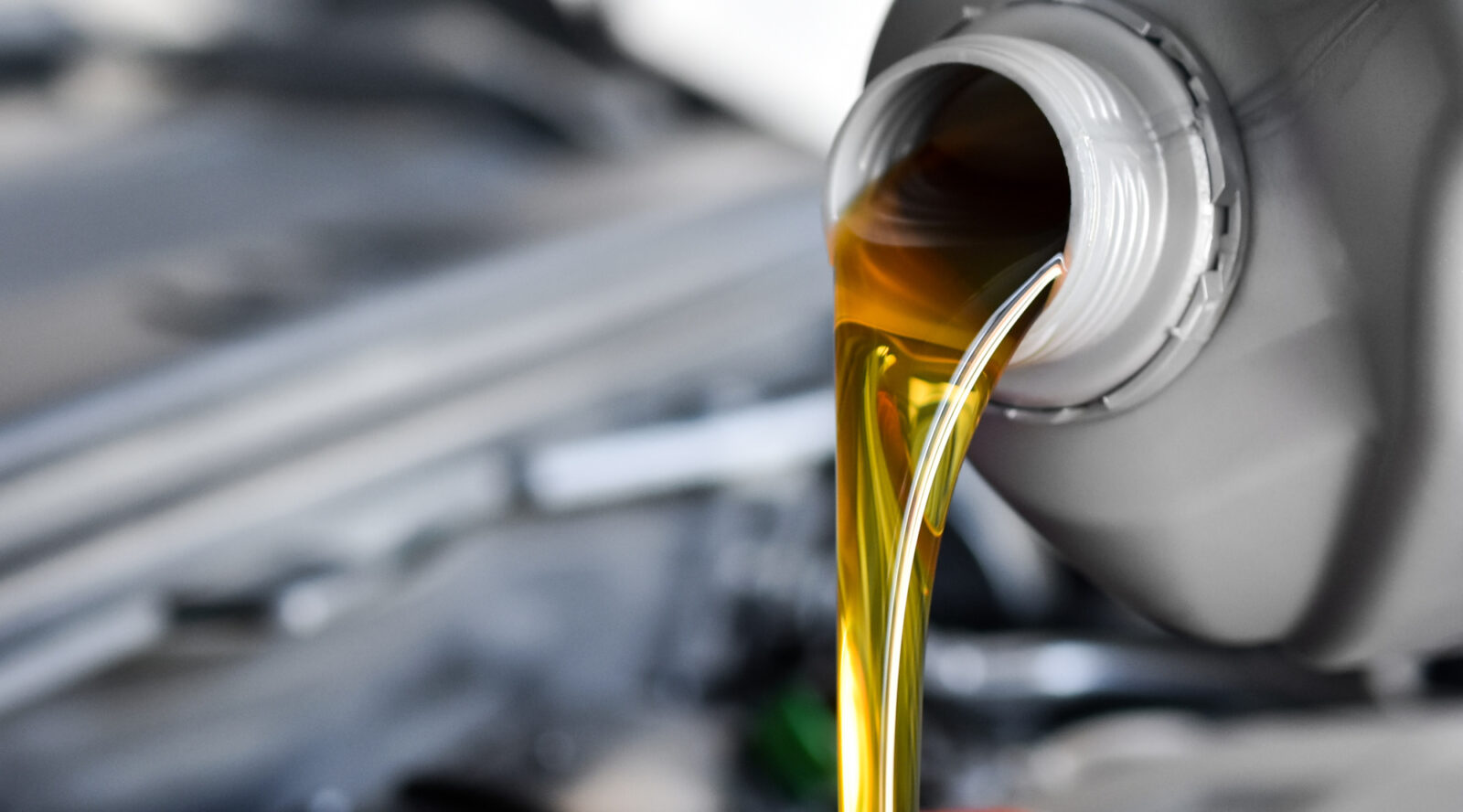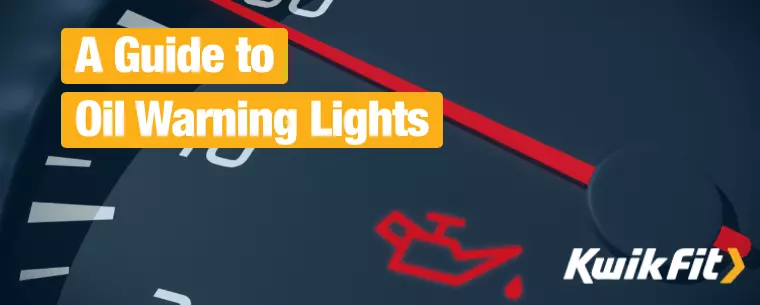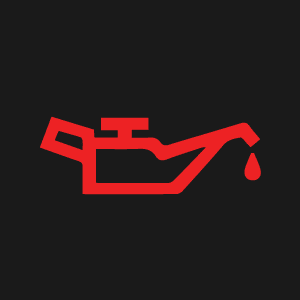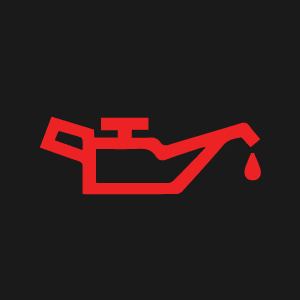Driving with the engine oil light on is unsafe and can lead to severe engine damage. It is recommended to pull over immediately and address the low oil pressure issue to prevent further harm to your vehicle.
Ignoring the oil light can result in engine failure, damaged components, reduced fuel efficiency, increased emissions, and compromised safety. Taking quick action when the oil light comes on is crucial to avoid costly repairs and ensure the longevity of your vehicle.
Remember, it’s always better to be safe than sorry when it comes to maintaining your car’s engine health.
Credit: www.quora.com
Introduction To Engine Oil Light
When the engine oil light comes on in your vehicle, it’s crucial to understand the significance of this warning and the potential consequences of ignoring it. In this section, we’ll delve into the importance of engine oil and what the oil light signifies.
The Importance Of Engine Oil
Engine oil plays a vital role in lubricating the various moving parts of the engine, reducing friction, and dissipating heat. This lubrication is essential for preventing wear and tear, maintaining optimal engine performance, and ensuring longevity.
What Does The Oil Light Signify?
When the oil light illuminates on the dashboard, it indicates that the engine oil pressure has dropped below a safe level. This could be due to low oil levels or a malfunction in the oil pump or pressure sensor. Ignoring this warning and continuing to drive with the oil light on can lead to severe engine damage, potentially necessitating costly repairs or even engine replacement.
Immediate Actions
Driving with the engine oil light on is not safe and can lead to serious engine damage. It’s crucial to pull over immediately and turn off the engine to prevent further harm. Continuing to drive with the oil light on can result in engine failure and the need for a complete replacement.
When The Oil Light First Comes On
When the oil light first illuminates on your dashboard, it’s essential to take immediate action. This warning light indicates that your vehicle’s oil pressure has dropped below a safe level, meaning the engine is not receiving adequate lubrication.Why You Should Pull Over
If you continue to drive with the oil light on, you risk causing severe damage to your engine, which could result in a complete breakdown. Therefore, it’s crucial to pull over as soon as it’s safe to do so and turn off the engine. Here are the immediate actions you should take when the oil light comes on:- Find a safe place to pull over and turn off the engine.
- Check the oil level using the dipstick and add more oil if necessary.
- If the oil level is adequate, call for roadside assistance or have your vehicle towed to a mechanic.
- Avoid driving your vehicle until the issue is resolved.
Potential Risks Of Ignoring The Warning
Driving with the engine oil light on can lead to severe engine damage and potential accidents. Ignoring this warning can result in engine failure, damaged components, decreased fuel efficiency, and compromised safety. It is crucial to address the issue immediately to avoid costly repairs and ensure safe driving.
Engine Damage Explained
Ignoring the oil light can lead to catastrophic engine failure. Low oil pressure causes friction, resulting in damage to essential engine parts.Safety Concerns
Continuing to drive with the oil light on poses serious safety risks. Engine failure can lead to sudden stops, increasing the likelihood of accidents. Driving with low oil can cause irreversible damage to cylinders and camshafts. The engine’s lifespan decreases, fuel efficiency drops, emissions increase, and safety is compromised. Remember, if the oil light comes on while driving, pull over immediately to prevent permanent engine damage.
Credit: www.dependablecarcare.com
Understanding Oil Pressure Vs. Oil Level
When it comes to ensuring the longevity and optimal performance of your vehicle, understanding the dynamics of oil pressure and oil level is crucial. While both factors are vital for the proper functioning of the engine, it’s important to grasp the distinction between them to address potential issues effectively.
The Role Of Oil Pressure
Oil pressure plays a critical role in lubricating various engine components and ensuring smooth operation. It is the force with which the oil is circulated within the engine, maintaining a barrier between moving parts to prevent friction and overheating.
Low Oil Level Indicators
Low oil level can have detrimental effects on the engine’s performance and longevity. Adequate oil level is essential for proper lubrication and cooling. When the oil level is low, it can lead to increased friction and heat, potentially causing irreparable damage to the engine components.
Short-term Vs. Long-term Consequences
Driving with the engine oil light on can have both immediate and long-term consequences. It’s crucial to understand the risks associated with this situation.
Immediate Engine Risks
Ignoring the engine oil light can lead to immediate damage to the engine. When the light is on, it indicates low oil pressure, which means the engine components are not being properly lubricated. This can result in increased friction and heat, potentially leading to seizure of the engine. Continued driving in this state can cause catastrophic engine failure, necessitating costly repairs or even complete replacement.
Long-term Vehicle Health Effects
Continuing to drive with the engine oil light on can have detrimental long-term effects on the vehicle’s health. Insufficient lubrication can lead to premature wear and tear on vital engine components, such as the pistons, bearings, and camshaft. Over time, this can compromise the overall performance and longevity of the engine, leading to costly repairs and reduced resale value of the vehicle.
Expert Recommendations
Driving with the engine oil light on is extremely risky, as it indicates low oil pressure. Continuing to drive in this condition can lead to severe engine damage and potential accidents. It’s crucial to address the issue immediately to prevent costly repairs or engine replacement.
Mechanic’s Advice On Oil Light
Driving with the oil light on is extremely risky. It indicates low oil pressure, which can lead to severe engine damage.
Manufacturer Guidelines
Manufacturers recommend stopping immediately when the oil light comes on. Continuing to drive can result in irreversible engine failure.
Real-world Scenarios
Driving with the engine oil light on is extremely risky as it indicates low oil pressure. Ignoring this warning can lead to severe engine damage or even failure, necessitating costly repairs or replacement. It’s crucial to address this issue immediately to prevent further harm to your vehicle.
Case Studies Of Driving With Oil Light On
In a real-world scenario, driving with the engine oil light on can lead to catastrophic consequences. Let’s look at some case studies to understand the severity of the situation. Case Study 1: A car owner continued to drive with the oil light on for over a week, assuming it was a minor issue. The result? The engine seized, and the car was written off. Case Study 2: A driver ignored the oil light warning and drove for just a few miles, only to end up with a blown engine and a hefty repair bill. These case studies highlight the importance of taking the oil light warning seriously and addressing the issue immediately. Continuing to drive with the oil light on can lead to engine failure and, in some cases, even accidents.Testimonies From Car Owners
We asked car owners about their experience with driving with the oil light on. Here are some of the testimonies we received: Testimony 1: “I ignored the oil light warning on my car and continued to drive for a few days. My car suddenly shut down on the highway, and I narrowly avoided a serious accident.” Testimony 2: “I was driving with the oil light on, assuming it was a minor issue. However, I ended up with a blown engine and had to pay a hefty repair bill.” These testimonies are a warning to all car owners to take the oil light warning seriously and not ignore it. Driving with the oil light on can lead to severe engine damage, accidents, and even fatalities. In conclusion, it’s crucial to address the issue immediately when the engine oil light comes on. Ignoring the warning can lead to severe damage to the engine, and in some cases, even accidents. It’s always better to be safe than sorry and get the car checked by a mechanic as soon as possible.
Credit: www.kwik-fit.com
Preventive Measures And Maintenance
When it comes to ensuring the longevity and performance of your vehicle, taking preventive measures and adhering to regular maintenance is crucial. Particularly, paying attention to your engine oil light can significantly impact the overall health of your car.
Regular Oil Checks
Regularly checking your engine oil is essential to ensure that the oil level is within the recommended range. This can be done by using the dipstick to monitor the oil level and checking for any signs of contamination. It’s important to perform these checks at least once a month or as recommended by your vehicle’s manufacturer.
Understanding Service Intervals
Understanding the service intervals recommended for your vehicle is vital. Regular oil changes are crucial for maintaining optimal engine performance and longevity. Adhering to the manufacturer’s recommendations for oil change intervals based on time or mileage is essential to prevent engine damage and maintain overall vehicle health.
Frequently Asked Questions
Is It Safe To Drive With An Oil Light On?
Driving with an oil light on is not safe. It indicates low oil pressure, risking serious engine damage.
How Long Can You Drive Once An Oil Light Comes On?
Driving with the oil light on is not safe. It can cause serious engine damage and even lead to an accident if the engine fails suddenly. It’s crucial to pull over and address the low oil pressure immediately. Continuing to drive can result in complete engine failure.
Can You Keep Driving If Oil Light Comes On?
No, it is not safe to keep driving when the oil light comes on. Low oil pressure can lead to severe engine damage, requiring costly repairs or even a full replacement. It’s best to pull over immediately and address the issue.
How Urgent Is Low Oil Light?
If your low oil light comes on, it is important to pull over as quickly as possible and check your oil level. Driving with low oil can cause serious damage to your engine and may even result in engine failure.
It is not safe to continue driving with the low oil light on, and you should have your oil level checked and topped up immediately.
Conclusion
Driving with the engine oil light on is extremely risky and can lead to catastrophic engine failure. It is crucial to address the issue immediately to prevent costly repairs and ensure the longevity of your vehicle. Ignoring the warning light can have severe consequences, so always prioritize your safety and the well-being of your car.


